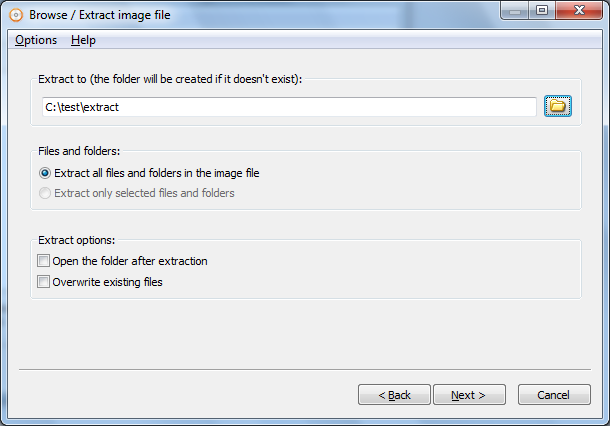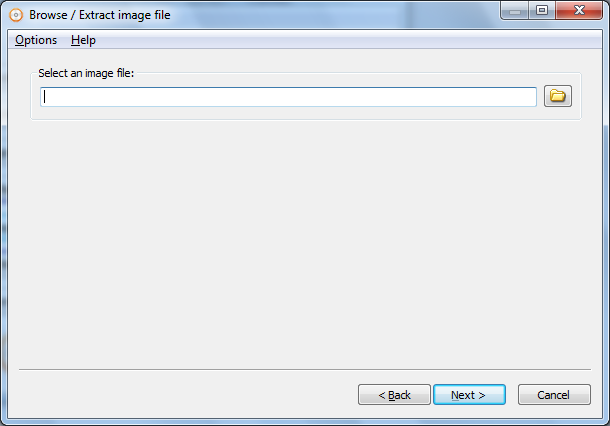
Some gamers that dump game ROM data to BIN files compress them in. A26 files, to load and play with an emulator. For example, gamers who enjoyed the Atari 2600 console in the 1970s and 80s dump game ROM data from Atari 2600 game cartridges onto their computer and save them as individual BIN files, or. the Extra-Terrestrial.Ītari gaming enthusiasts who want to re-live the experience of the 2600 console utilize emulation software to play games on their computers without the actual gaming console. Other games for the console include Space Invaders, River Raid, Frogger, and E.T. It came with controllers and a game cartridge, originally Combat, which was later replaced by Pac-Man. Over the years, the developers released various versions of the MacBinary format to accommodate changes in the Mac file system:Ītari launched the Atari Video Computer System (Atari VCS) in 1977, then rebranded it as Atari 2600 in 1982. Different versions of the MacBinary format NOTE: BIN files may also be saved with the.

Now, you will most likely not encounter a MacBinary Encoded BIN file unless you find an old BIN file on a non-Mac or download an old BIN file from the Internet.

Then, the forks would be split apart when transferred back to the Mac OS.Īs Apple moved away from the fork-based HFS in the 2000s, the MacBinary format became seldomly used.

When transferring a file to a non-Mac system, the two forks would be encoded in the MacBinary format as one BIN file. To prevent this from happening, the Dennis Brothers, Harry Chesley, Yves Lempereur, and others developed the MacBinary format to combine the two forks in a compressed archive.
Bin file extractor for pc mac os#
The Classic Mac OS handled the two separate forks as a single file, but when transferring files to another computer, the non-Mac system would not treat the two forks as a single file, which led to lost data. The "resource fork" stored the structured data for the file, and the "data fork" stored the unstructured data. Before Mac OS X, Macintosh computers running the Classic Mac OS in the 1980s and 1990s stored files in two separate "forks" because of data limitations.


 0 kommentar(er)
0 kommentar(er)
